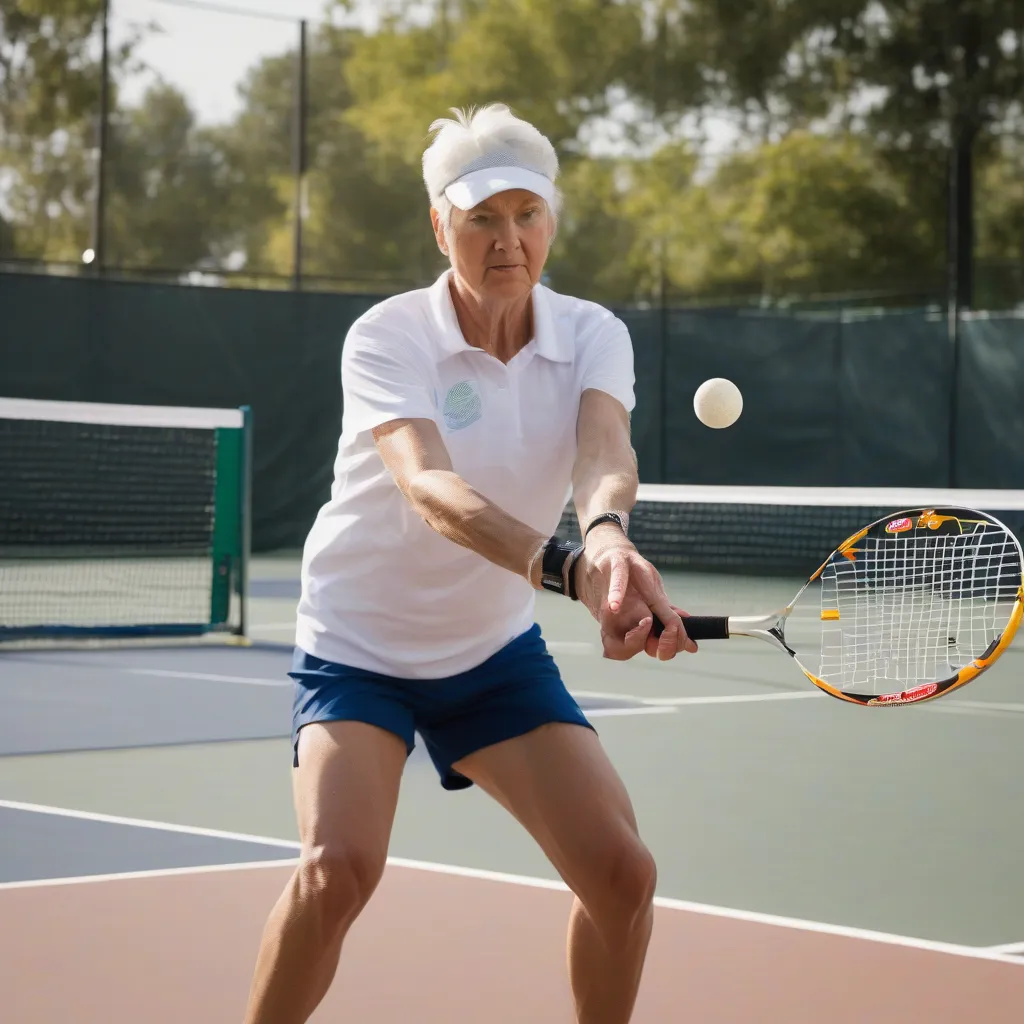Table of Contents
Introduction to Pickleball Serve Techniques
The serve is one of the most crucial shots in pickleball, setting the tone for each point. Mastering various pickleball serve techniques can significantly enhance your game, giving you an edge over your opponents. This guide covers the top 10 pickleball serve techniques to help you improve your serve and dominate the court.
Why the Serve is Important in Pickleball
Serving effectively in pickleball offers several benefits:
- Initiates the Point: The serve starts the rally and can give you an immediate advantage.
- Controls the Pace: A well-placed serve can dictate the speed and rhythm of the game.
- Creates Opportunities: Effective serves can force weak returns, setting up easy points.
- Builds Confidence: Mastery of serve techniques can boost your overall confidence on the court.
Top 10 Pickleball Serve Techniques
1. The Basic Serve
The basic serve is the foundation of all serves. Ensure you have a consistent and reliable basic serve before moving on to more advanced techniques. For more on the basic serve, visit Pickleball Central. Mastering the basic serve is the first step among pickleball serve techniques.
2. The Topspin Serve
Applying topspin to your serve makes the ball dip quickly, making it harder for your opponent to return. Brush up the back of the ball to generate topspin. Learn more about the topspin serve at USA Pickleball. The topspin serve is an advanced pickleball serve technique that can disrupt your opponent’s timing.
 Pickleball Topspin Serve Technique
Pickleball Topspin Serve Technique
3. The Slice Serve
The slice serve curves the ball to the side, making it difficult for your opponent to anticipate the trajectory. Slice the ball by brushing the paddle across its side. For additional tips, check out Pickleball Portal. The slice serve is an effective pickleball serve technique for creating angles.
4. The Power Serve
The power serve uses speed to overwhelm your opponent. Focus on a quick, strong swing to increase the ball’s velocity. Power serves can be highly effective but require good control. Developing a power serve is a critical pickleball serve technique for aggressive play.
5. The Soft Serve
A soft serve lands just over the net, making it challenging for your opponent to return with power. Use a gentle swing to keep the ball low. The soft serve is an essential pickleball serve technique for catching your opponent off guard.
6. The Lob Serve
The lob serve sends the ball high and deep into your opponent’s court, pushing them back. This serve is useful for varying the pace and keeping your opponent guessing. The lob serve is a strategic pickleball serve technique for changing the game’s dynamics.
7. The Spin Serve
Adding spin to your serve can make the ball bounce unpredictably. Experiment with different grips and wrist movements to generate spin. The spin serve is an advanced pickleball serve technique for confusing your opponent.
8. The Drop Serve
The drop serve involves dropping the ball and letting it bounce before hitting it. This technique can be useful for beginners and provides more control over the serve. The drop serve is a beginner-friendly pickleball serve technique that ensures consistency.
9. The Angle Serve
The angle serve targets the sidelines, making it hard for your opponent to reach the ball. Aim for the corners of the service box to maximize effectiveness. The angle serve is a tactical pickleball serve technique for creating space on the court.
10. The Backhand Serve
Using a backhand serve can surprise your opponent and add variety to your game. Practice your backhand swing to ensure it’s as strong and consistent as your forehand. The backhand serve is a versatile pickleball serve technique that adds depth to your game.
Common Serve Mistakes and How to Avoid Them
Avoiding common serve mistakes can greatly improve your game. Here are some mistakes to watch out for:
1. Serving Too Hard
Overhitting can lead to faults and errors. Focus on control and placement rather than power.
2. Inconsistent Toss
An inconsistent toss can throw off your serve. Practice a consistent toss to improve accuracy.
3. Poor Follow-Through
Not following through can reduce the effectiveness of your serve. Ensure you complete your swing for maximum impact.
4. Lack of Variety
Using the same serve repeatedly makes it easier for your opponent to anticipate your moves. Mix up your serves to keep them guessing.
Resources for Further Learning
For more detailed information on improving your pickleball serve, explore these valuable resources:
- Visit the USA Pickleball Association (USAPA) for comprehensive guides and tips.
- Explore instructional videos and articles on Pickleball Central.
- Check out detailed reviews and tutorials on Pickleball Portal.
- Learn from top players and coaches on PickleballMAX.
Conclusion
Mastering pickleball serve techniques is essential for enhancing your performance and gaining an advantage over your opponents. By implementing these top 10 serve techniques, you can improve your accuracy, consistency, and strategic play. Use this guide to refine your serving skills and take your game to the next level. With practice and dedication, you’ll see significant improvements in your serve and overall gameplay.
Frequently Asked Questions
- Why is the serve important in pickleball? The serve initiates the point, controls the pace, creates scoring opportunities, and builds confidence.
- How can I improve my serve in pickleball? Practice the tips provided in this guide, such as mastering the basic serve, using topspin, and developing a power serve.
- What are common serve mistakes in pickleball? Common mistakes include serving too hard, having an inconsistent toss, poor follow-through, and lack of variety.
- Where can I find more information on pickleball serve techniques? Visit the USA Pickleball Association, Pickleball Central, Pickleball Portal, and PickleballMAX websites for comprehensive guides and tips.
- How does variety in serves affect my game? Mixing up your serves keeps your opponent guessing and prevents them from anticipating your next move, giving you a strategic advantage.